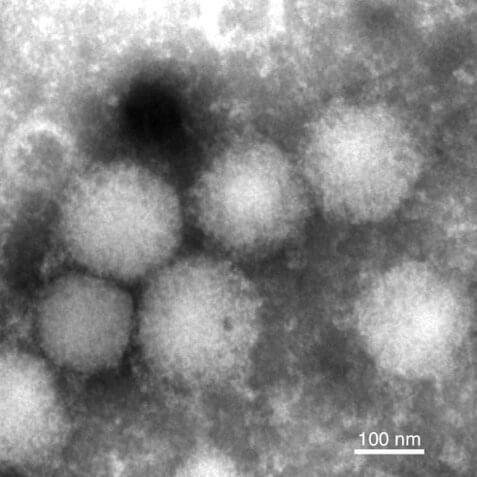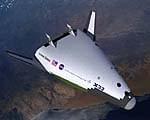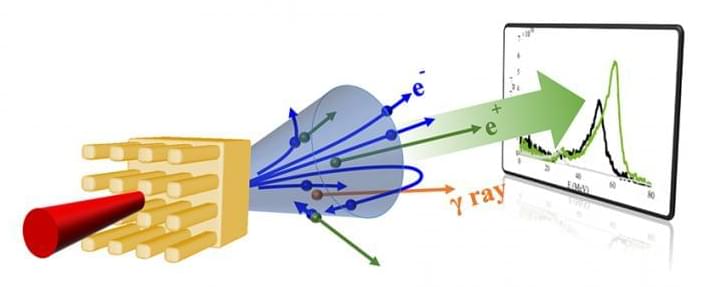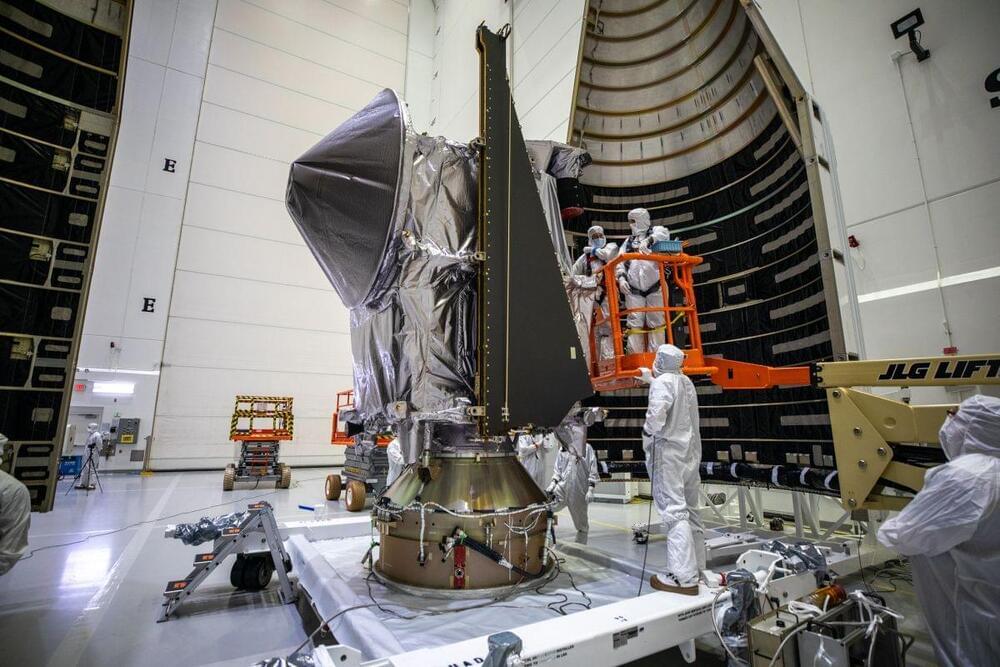Oct 10, 2021
The Country of Lebanon’s Entire Electric Grid Just Collapsed
Posted by Quinn Sena in categories: energy, government
Lebanon’s entire electric grid collapsed on Saturday when the country’s two main power stations ran out of fuel.
For months, the country had been providing citizens with a few hours of electricity a day, according to The Washington Post. Then yesterday, Lebanon’s state-owned power stations, Deir Ammar and Zahrani, ran out of diesel fuel leaving the entire country with no electricity. The outage is expected to last days.
To solve the situation, the Lebanese government is attempting to get emergency fuel from the army and other sources until the country receives and distributes a shipment of oil from Iraq.


















